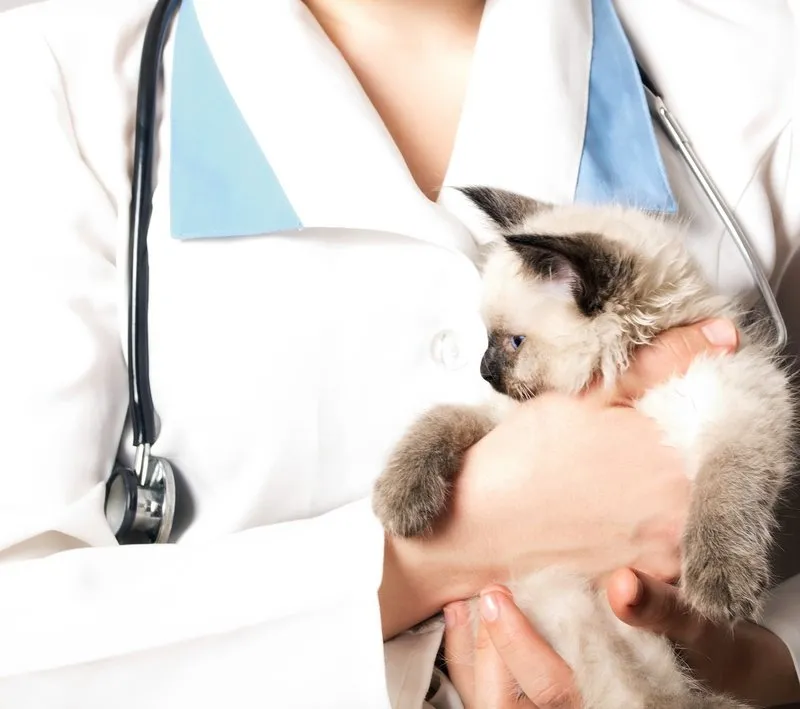Struggling with a cat who’s tipping the scales? You’re not alone. Many cat owners face the challenge of shedding extra pounds from their feline friends, and a structured approach can make all the difference. Excess weight can lead to health complications, including diabetes, joint pain, and heart issues. Fortunately, with mindful dietary changes, increased playtime, and a few clever tips, you can see results. By learning how to help a cat lose weight in a healthy, sustainable manner, you’ll set your pet up for a truly happier, more energetic life. The first step is recognizing that portion control and nutritional balance are key, while the second involves active engagement through interactive toys or short play sessions. With patience and consistency, you can transform your cat’s daily routine and waistline. This article guides you through proven methods, so you can watch your cat return to a healthy weight and renewed vitality.
Have you noticed your cat looking a little rounder lately? Many of our feline friends are overweight—nearly half, in fact! If you think your cat could stand to shed a few excess pounds, follow these tips from a Waterdown, ON veterinarian.
See Your Vet
First, make an appointment at your vet’s office to have your cat examined. Your veterinary professional will be able to confirm whether or not your cat is overweight, and what further steps may need to be taken. This is especially important as excess weight can lead to various health issues, including diabetes. If you’re concerned, familiarize yourself with the Signs Of Diabetes In Pets to stay vigilant about your cat’s health. You and your vet will work together to develop a tailored weight-loss plan just for your cat, and from there, your cat will start to shed her extra weight.
Portion Size
In many cases, all that’s needed to help a cat start losing weight is controlling her portion size. Overfeeding is a leading cause of obesity amongst pets! Never free-feed your cat; this means leaving food out at all times for your cat to munch on as she pleases. It’s a quick path to obesity. Instead, ask your vet about an appropriate portion size for your pet, and measure out this amount of food during each meal. Remove any uneaten food after about 20 minutes or so.
Diet Choice
Sometimes, a cat’s diet simply isn’t up to par with her nutritional needs. This is especially true if your cat is receiving a “budget” food that doesn’t contain the right nutrients. Your feline friend’s diet may need to be upgraded to a premium food that suits her age and breed—ask your vet for a recommendation.
Exercise
To effectively help a cat lose weight, incorporate daily exercise into their routine. Regular physical activity is vital for burning off excess calories and maintaining a lean physique. This approach not only aids in weight reduction but also promotes overall health and vitality for your feline friend.It’s up to you to get your cat moving—have her play with a favourite toy or provide her with cat tower to entertain herself. Regular exercise combined with a healthy diet is the only way to get your cat back to a healthy weight!
Tips on Treats
Make sure not to give Fluffy too many cat treats or fatty table scraps. This is only providing her with empty calories that help her pack on the pounds. Try using treats only as the occasional indulgence, or as rewards for good behaviour.
Help a Cat Lose Weight in 2025: Understanding and Managing Feline Weight Issues
Why is my cat overweight?
Excess pounds often stem from consuming more calories than are burned each day. Overfeeding is a common issue, especially if food is left out for unrestricted snacking. Certain lower-quality diets may also be lacking in nutrients, prompting overconsumption and weight gain. A sedentary lifestyle compounds the problem, since insufficient playtime and limited activity reduce calorie burn. Genetic predispositions, age, and certain medical conditions can also influence a cat’s weight. A balanced approach involving controlled feeding, appropriate nutrition, and routine exercise is recommended to help manage weight and keep cats healthy.
How do I manage weight loss in a multi-cat household?
In a multi-cat household, separate feeding areas and scheduled meal times help ensure controlled portions for each cat, preventing overeating. A high-quality diet suited to each cat’s age and health status can support balanced nutrition. Daily play sessions with interactive toys encourage exercise, burn extra calories, and reduce stress. Engaging furniture, such as cat trees, can also motivate frequent movement. Limiting treats and avoiding shared bowls discourage competition and helps regulate intake. Regular veterinary checkups help monitor progress and adjust each cat’s plan as needed for safe, long-term weight management.
How much weight should my cat lose per week/month?
Most veterinarians generally recommend cats lose around 1% to 2% of their body weight each week to reduce stress on organs and avoid nutrient deficiencies. For a 10-pound cat, that equates to roughly one to two ounces weekly. This gradual approach helps minimize risks such as hepatic lipidosis, a serious liver condition that can develop if weight reduction is too rapid. Regular weigh-ins at home or during clinic visits provide a reliable way to gauge progress. Maintaining a steady, controlled rate of weight loss supports long-term health and helps achieve lasting results.
What are the quantifiable benefits of weight reduction?
Weight reduction can lower the likelihood of chronic ailments like diabetes, which is often associated with excess weight in cats. Maintaining a healthy body mass alleviates strain on joints, enhancing mobility and daily comfort. Even moderate weight loss supports improved endurance, higher energy levels, and a stronger immune system. Carefully managed weight reduction can extend a cat’s lifespan and significantly improve overall well-being. Combining appropriate portion control, high-quality nutrition, and daily exercise has been shown to achieve these results. Healthier body weights can reduce future vet visits and costs, illustrating the quantifiable gains of weight management.
How do I track progress effectively?
Regular weigh-ins at home or during clinic visits help monitor weight changes over time. Observing body shape by evaluating the waistline, feeling the ribs, and noting movement patterns can indicate progress. Adjusting portion sizes according to each stage of weight management ensures controlled intake, and recording meal times, treats, and activity sessions provides a clear picture of daily routines. Gradual improvements in body condition, such as increased energy and mobility, often appear alongside consistent measurements. Communication with a veterinarian supports refining goals and maintaining a steady, healthy course toward an ideal weight.
Maintaining a healthy weight for your cat involves a combination of proper nutrition, regular exercise, and professional guidance. Our Vet Nutrition & Weight Management service offers personalized plans to help your feline friend achieve and maintain a healthy weight. We can provide expert advice on diet choices, portion control, and effective exercise strategies tailored to your cat’s specific needs.
Do you need help returning your cat to a healthy weight? We are here for you! Contact your Waterdown, ON vet clinic today.




!Social Media Icons